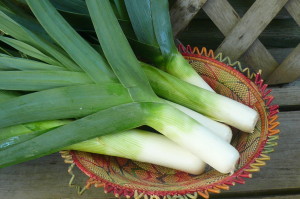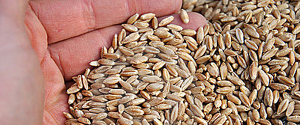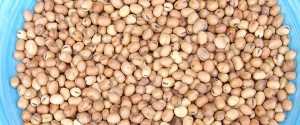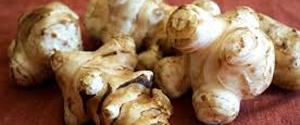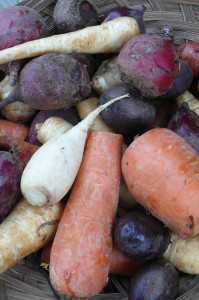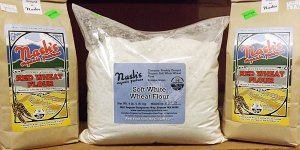In ancient Greece and Rome, it was thought that leeks had a beneficial effect on the throat, and it is said that the Roman Emperor Nero ate leeks every day to make his voice stronger.
Leeks, like their allium family members, have sulphur-containing compounds that support our antioxidant and detoxification systems. They also contain a flavonoid (phytochemical) called kaempferol which has been shown to protect our blood vessel linings from damage (which can help to prevent plaque formation as plaque is how our body responds to damage in our blood vessel lining).
Leeks are high in vitmain K, which is an important vitamin for blood coagulation and bone health. Vitamin K is a fat-soluble vitamin (along with A, D, and E), so be sure to cook those leeks in just enough of your choice of butter or oil. Leeks also provide us with a bioavailable (‘packaged’ and ready for our bodies to use) form of folate. Folate is an essential vitamin for our brain development and function. The US started to fortify the food supply with folic acid (the synthetic version of folate) because an inadequate intake of this vitamin in pregnant mothers can cause neural tube defects in their children. The number of babies born with neural tube defects was reduced after the fortification policy.
To get those lovely sweet white sections of the leek, we hill our nutrient dense soil around the base of the crop, which means sometimes some of that nutrient rich soil gets into your kitchen inside leeks’ layers. To get rid of the grit follow these prep steps: Chop the root base off, and then slice the leek in half lengthwise. Run water through each half of the leek to rinse out any soil. You can cut the halves into quarters and repeat if there is a lot of soil.
The green portion of Nash’s leeks are also tender and edible. If you feel they are too tough, cut off those portions and add them to soups for additional delicious flavor.
Have you tried this recipe? Tell us how it turned out!

